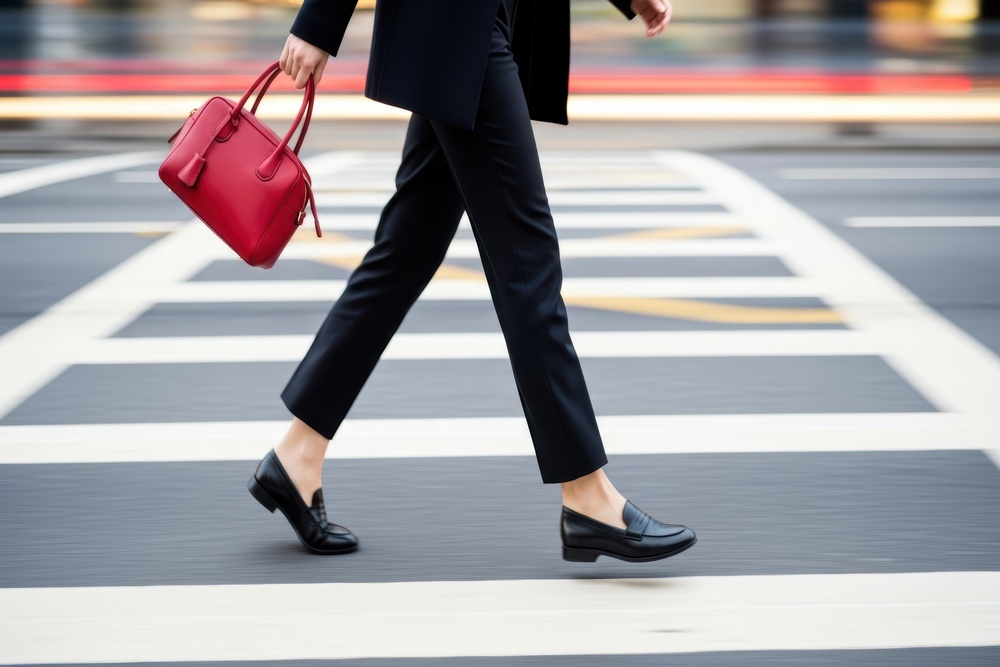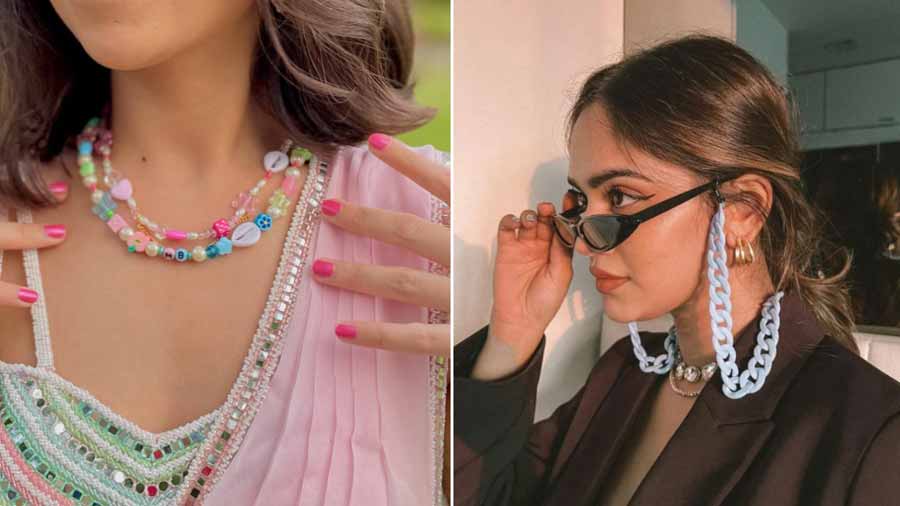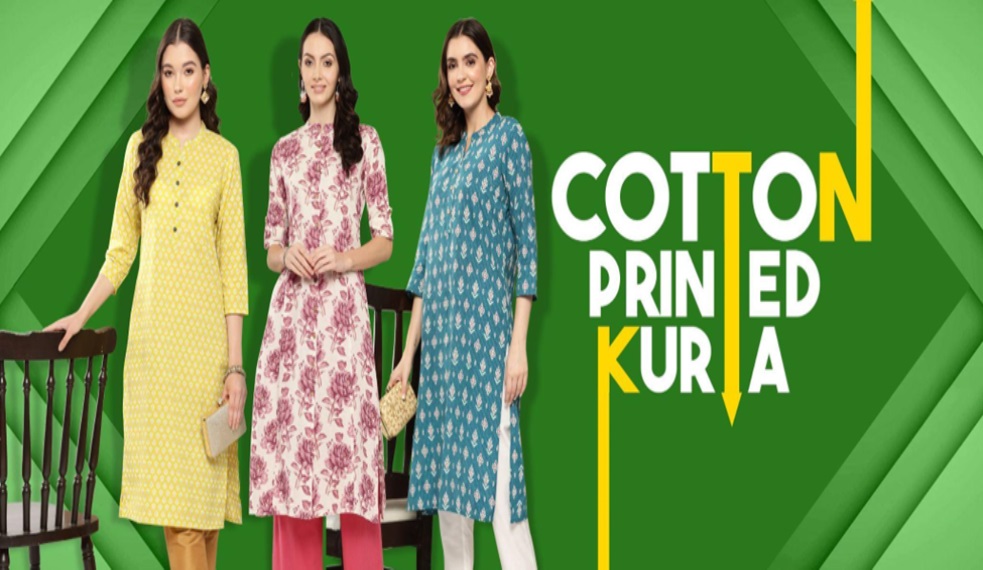The struggle is over. For years, shoes were either stylish or comfortable. Stilettos that torture feet. Sneakers that clash with dress codes. Flats that fall apart after three wears. But loafers have changed the game entirely, proving that comfortable shoes can turn heads for all the right reasons.
The Comfort Revolution
Something has shifted in the fashion world recently. People stopped accepting pain as the price of style. They demanded better. Women’s loafers from brands like Birdies answered that call with a simple promise: walk all day without wincing.
Their construction holds the secret. A low or flat heel distributes weight uniformly over the foot. The design offers support without forcing toes into uncomfortable positions. Quality loafers feature cushioned insoles that actually support arches. No breaking-in period required. No bandages needed. Just instant, reliable comfort that lasts from morning coffee to evening drinks.
Podiatrists love them too. These shoes promote natural walking patterns. They reduce strain on knees and backs. Loafers benefit foot health, unlike many fashionable shoes. Nobody predicted that win.
Style That Makes Sense
Here’s where things get interesting. Loafers are both incredibly comfortable and stylish. They pair well with virtually any attire. The clean lines work with office pants. The relaxed vibe suits weekend denim. Try them with a midi skirt for a better look.
Color choices expand the possibilities even further. Burgundy introduces a refined touch, even though black and brown are still mainstays. Navy is unexpectedly fresh. White loafers exude confidence in summer. Leopard print and plaid elevate simple outfits. Some loafers now feature metallics for a stylish, wearable look.
The beauty lies in their adaptability. Outfit them with custom-made clothing. Use casual favorites for a laid-back look. No other shoe blends formal and relaxed as well. That versatility adds value to any wardrobe.
Materials Matter More Than Ever
Modern loafers are constructed with materials that weren’t accessible before. Despite the ongoing popularity of traditional leather products, consumers are conscious of environmental factors. They are becoming more interested in sustainable products. Products made from recycled materials. Vegan leather is a product that mimics genuine leather.
Suede provides texture and luxury. Patent leather adds shine. Canvas is breathable in warm weather. Certain designers use materials like cork and woven fabrics. Material choice changes the shoe’s look, but not comfort.
Weather-resistant treatments protect them from the rain. Scotch-guarded fabrics resist stains. Modern shoes are made for real life, not just photos. These improvements are key for daily shoe performance.
The Investment That Pays Off
Quality loafers cost more upfront than disposable fashion. But the math works out. Well-made pairs last for years. Shoes cost less per wear when worn weekly. Their timeless design ensures they will still be stylish next year. Even now, classic styles from bygone eras maintain a certain timeless appeal.
Maintenance stays simple too. Leather loafers stay new with regular cleaning and conditioning. Most styles age well, gaining character instead of damage. Compare that to shoes that show every mark or lose their shape after minimal wear.
Conclusion
The rise of loafers signals something bigger than a trend. People refuse to suffer for fashion anymore. They want shoes that support actual living; running for trains, walking dogs, standing through presentations, exploring new cities. Loafers deliver all that without asking anyone to compromise their personal style.
This shift feels permanent. Once feet experience true comfort paired with genuine style, there is no going back. Loafers proved that the fashion industry can create beautiful things that actually improve daily life. That is a lesson worth keeping.






